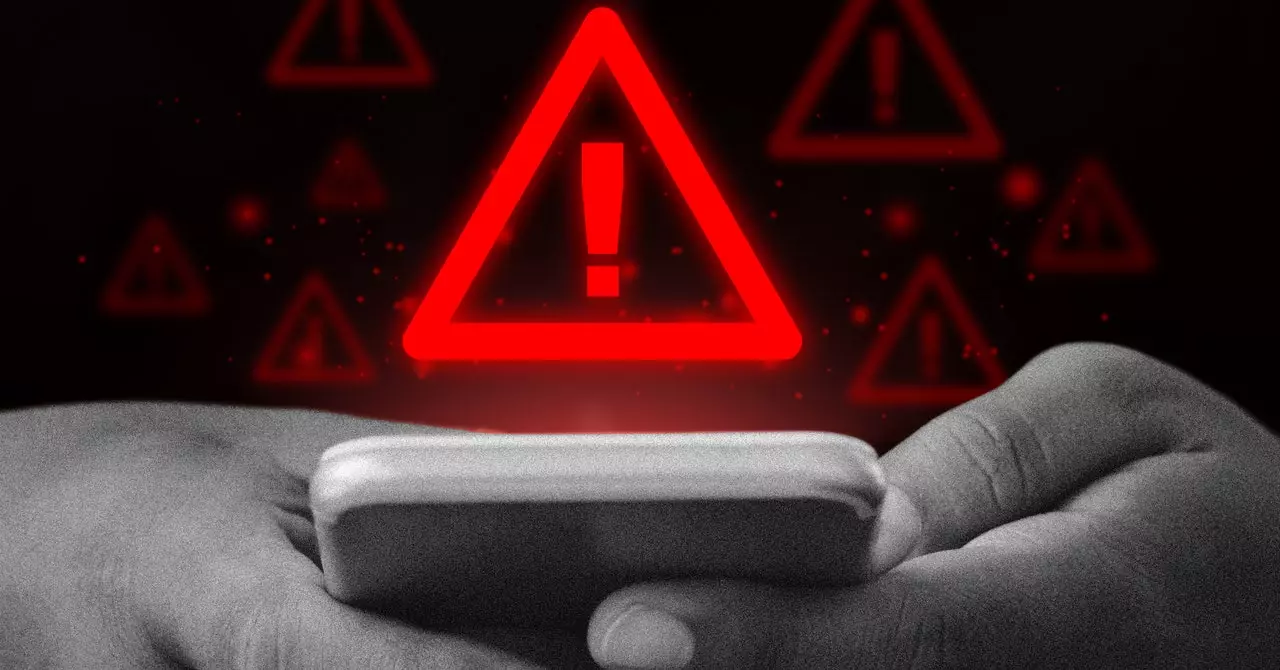Recently, TikTok made headlines for not automatically labeling AI-generated content on its platform in certain versions of the app. This issue was brought to light by a report from the Mozilla Foundation and AI Forensics, shedding light on the lack of safeguards in TikTok’s Lite-Save Data version targeted at users in poorer markets.
The absence of labeling for AI-generated content not only raises concerns about the authenticity of the content but also signifies a lack of trust and safety mechanisms on the platform. Users of the full version of TikTok benefit from labels warning them about graphic or dangerous content, while topics like elections and health include prompts to access credible information. However, these guardrails are missing in TikTok Lite, leaving users in poorer markets vulnerable to deceptive content and misinformation.
Odanga Madung, a Mozilla fellow and coauthor of the report, questions why essential safety features were omitted in the Lite version of the app. With the prevalence of AI-generated content affecting elections worldwide, the lack of proper labeling in poorer markets raises concerns about information integrity. It remains unclear whether these omissions were deliberate choices or due to negligence on the part of the company.
In response to the report, a TikTok spokesperson defended the company’s approach to safety, stating that content violating rules is removed from TikTok Lite similar to the main app. However, the spokesperson failed to address the specific discrepancies outlined in the report, leaving doubts about the effectiveness of safety features in the Lite version.
The emergence of Lite versions of apps is not new, with companies like Meta (formerly Facebook) introducing Facebook Lite to cater to users in regions with high data costs or limited smartphone capabilities. Despite the intention to expand market reach, Lite versions have faced criticism for offering a subpar experience to users in developing countries.
TikTok’s Market Expansion
TikTok entered the Lite market in 2018 with the launch of its Lite version in Thailand, later expanding to other Southeast Asian markets. The Lite app, optimized for 2G and 3G networks, has garnered over 1 billion downloads, primarily targeting users in low-income regions.
The disparity in safety features between TikTok’s full version and Lite version highlights the need for consistent safeguards across all iterations of the app. As TikTok continues to expand its reach to lower-income markets, ensuring trust and safety should be a top priority to combat misinformation and protect users from harmful content.


Leave a Reply
You must be logged in to post a comment.